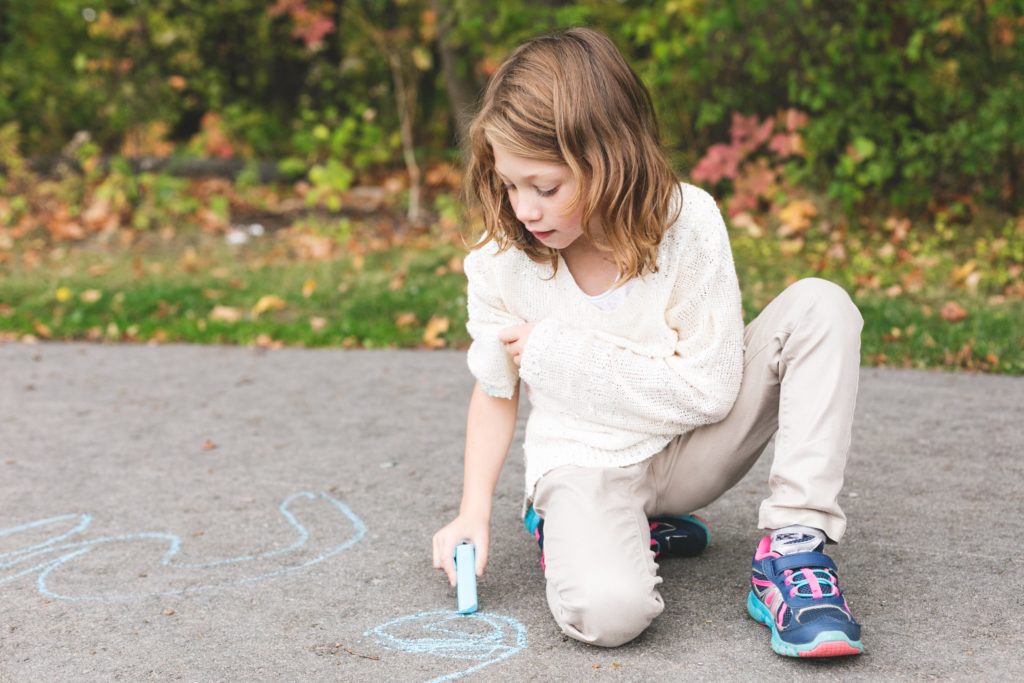Child safety stands as a paramount concern in the modern world, highlighting the collective responsibility to ensure the well-being of our youngest members. The foundation of child safety is not just about physical protection; it encompasses emotional, psychological, and environmental aspects. By creating a nurturing and safeguarded environment, we lay the groundwork for healthy development and a promising future.
Child safety transcends the mere protection from physical harm. It encompasses a comprehensive approach that factors in the child’s emotional and psychological well-being. Ensuring a safe space for children is vital to fostering their confidence, resilience, and social development. A harmonious home, supportive community, and proactive educational institutions form the triad that supports the foundation of child safety.
Effective communication is a cornerstone of child safety. Parents, guardians, and educators play pivotal roles in shaping a child’s understanding of safety. Conversations around personal boundaries, online safety, and potential dangers are instrumental in arming children with the necessary tools to navigate an increasingly complex world. Open dialogues about emotions and experiences create an atmosphere of trust, encouraging children to share concerns and seek guidance when needed.
While intangible aspects like communication and emotional support are essential, material aids can significantly enhance child safety. Childproofing kits including safety locks for cabinets and drawers, outlet covers, and corner protectors, minimize the risk of accidents and injuries within the home. Safety gates help restrict access to potentially dangerous areas like staircases or kitchens, offering parents peace of mind while allowing children to explore safely. Wearable GPS devices can be incredibly useful in crowded places or unfamiliar environments, allowing parents to monitor their child’s location in real time.
In the digital age, protecting children online is crucial. Parental control apps and internet filtering software help manage and monitor children’s online activities, safeguarding them from inappropriate content and online predators. Encouraging children to use proper protective gear such as bike helmets and safety gear while cycling or engaging in outdoor activities significantly reduces the risk of injuries. Providing children with cards containing emergency contact information and essential medical details can be invaluable in case they get separated from their caregivers. Additionally, crisis communication apps enable instant communication among family members in emergencies, allowing quick coordination and reassurance.
Beyond the material aids, educating children about safety measures empowers them to take an active role in their own well-being. Schools and community organizations can conduct workshops on topics like first aid basics, road safety, and fire evacuation procedures. Knowledgeable children are more likely to respond effectively in emergencies, reducing potential harm.
Child safety is a shared responsibility involving parents, caregivers, communities, policymakers, and society at large. By advocating for policies that enhance child protection, fostering a culture of awareness, and promoting accessible resources, we collectively ensure a safer environment for every child.
Conversations, communication, and education play vital roles, and material aids contribute significantly to this endeavor. Empowering children with knowledge and resources allows them to actively participate in their safety. As a society, it is our collective responsibility to prioritize child safety, ensuring that the next generation grows and thrives in a protected and nurturing world.



